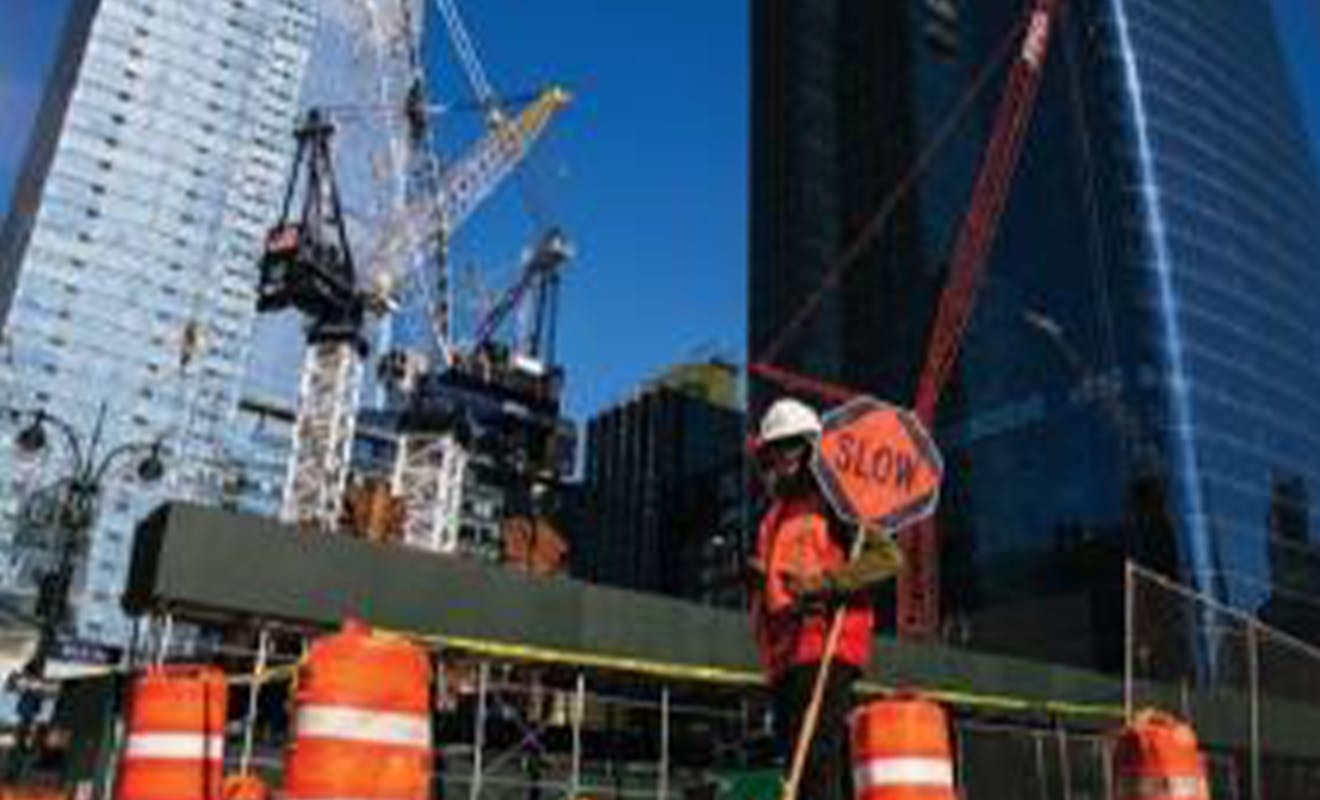Media Mentions
Development plummeted this year, but sector still shows signs of life
Crains New York
Sales of development sites in the city dropped 27% to 103 transactions so far this year, compared to the same period in 2019, according to an analysis by real estate firm Development Site Advisors.
Builders also spent $1.4 billion, or 44% less on purchasing new land this year than they did in the first six months of 2019 and also took 41% less space at 7.3 million buildable square feet, the report shows.
Still, developers believe in the resiliency of New York City, the report said, and have filed 450 new building permits since January to begin construction on their new sites.
“New development is far from moribund, regardless of the uncertainties posed by Covid-19,” said Lev Kimyagarov, a managing principal at the firm.
Permit filings, however, are 18% lower than they were this time in 2019, data shows, and most of them are for residential developments in every borough except Staten Island, which is focusing on manufacturing.
Manhattan led the way in the dollar value of site sales, bringing in $530 million—nearly 40%—of citywide activity across 11 transactions (there were 21 in 2019), followed by Brooklyn with $349 million across 42 sales. Staten Island brought one transaction worth $2.3 million.
Brooklyn represented nearly half of the city’s total new building permit filings with 212 filed since January, followed by Queens and the Bronx, both at 82. Manhattan had only 27.
“Brooklyn is the most populated borough in the city and has an extremely strong appetite for residential apartments,” Rubin Isak, who also runs Development Site Advisors, said.
The number of transactions is a better gauge of the market’s health because it shows movement and the number of players, he said.
Rockrose Development filed their plans on April 20 to build a 418,000 square foot mixed use building with 609 apartments in Fort Greene. Greenland USA filed plans two weeks later for a 585,000 square foot mixed-use tower with 682 apartments.
Even with current activity, construction employment still remains below 2019 levels, falling by a quarter in June, year over year, though the industry has started ticking back up since the city entered phase one on June 8—33,556 non-essential construction sites were allowed to resume work and employment increased 20% since May.
Private development sites that have been underway since before the city shut down are moving along well, said Lou Coletti, the president of the Building Trades Employers Association, though city projects are on hold because of the budget crisis. The optimism won’t last long, he said.
“We’re really concerned about where the real estate market will be in the middle of next year,” he said. “Many of the existing jobs will start to finish.” Any uptick in new construction will depend on whether a developer can score financing, be willing to invest in a new project and whether the project will be different from what was envisioned months ago, said Coletti, adding that there is uncertainty in every step of the development process.
“If the private side slows down and there’s no stimulus on the public side, we’re going to be in big trouble,” Coletti said. “And if we’re in trouble, the city’s in trouble.”

